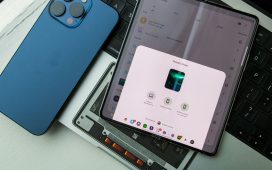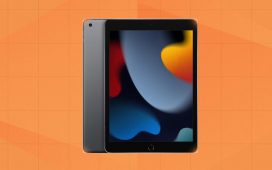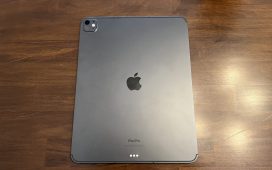It’s been ten years since the Apple Watch arrived alongside the iPhone 6 and iPhone 6 Plus, forever changing the smartwatch landscape. At the time, Apple referred to the product as “its most personal device ever,” and rightfully so. Unlike the iPhone, the iPad, and the Mac (there were no AirPods back then yet—imagine that!), the Apple Watch was the brand’s first wearable, designed to provide health and wellness insights via iPhone notifications.
The first-ever Apple Watch hit the shelves in early 2015, and the rest is, well, history. Multiple Apple Watch iterations followed, leading to today’s three-product lineup, with Series 10 as the latest addition. The Apple Watch Series 10 arrived with the iPhone 16, iPhone 16 Pro, new AirPods, and a black Apple Watch Ultra 2.
At Popular Mechanics, we decided to look back on the decade-long evolution of the Apple Watch before zeroing in on the new design and features of the Series 10. Having extensively tested every iteration from the Series 2 onwards, here is a look back at the history and future of the gadget.
Apple Watch History Reviews
Physically, the Apple Watch went through three major transformations, following the original and not including the rugged Ultra. All sequels brought hardware and feature upgrades over their predecessors yet retained their look as Apple-made timepieces. Every Apple Watch—from the Series 1 to SE to the Series 10 to the Ultra—has a distinctive silhouette with rounded corners and an impossible-to-miss digital crown.
Apple Watch Series 1-3
In the three years after its arrival, the Apple Watch evolved from a cool but impractical wearable gadget inspired by a traditional watch to an iPhone stand-in that could make calls and send messages on its own.
Series 1
Apple’s first smartwatch arrived as a feature-packed iPhone companion that delivered notifications and app interactions from the wearer’s wrist. More importantly, the Apple Watch packed a heart rate sensor and accelerometer for providing easy-to-digest activity tracking on its Retina OLED display.
The watch was available with a 38- or 42-millimeter case in aluminum, stainless steel, or, remarkably, 18-karat gold. The original Apple Watch design remained unchanged for the following two generations.
Series 2
In September 2016, the Apple Watch Series 2 debuted with the same design plus a host of upgrades that included a brighter screen, built-in GPS, and 50-meter water resistance. It was a significant leap forward from a splash-resistant watch to one suitable for swimming.
Along with a tougher build, the GPS and 1,000-nit Retina display transformed the Apple Watch into a mighty fitness-tracking tool that was more user-friendly than anything available at the time. I spent months with the Series 2 as my go-to timepiece.
Series 3
The following year, the Series 3 became even more convenient with the addition of optional cellular connectivity. Thanks to LTE network support, the timepiece could make calls by linking to AirPods, as well as iMessage without a phone.
With this functionality, I was able to leave my iPhone behind to exercise or run errands without going offline, removing unnecessary screen distractions while staying in touch with family and friends. Cellular connectivity became a standard option on every Apple Watch that followed the Series 3.
Apple Watch Series 4-6 and SE
The Series 4 was the first Apple Watch to have a major redesign, with sleeker cases and bigger screens for a fresher look and improved ergonomics. The Series 5 that followed was a particularly important release, whose always-on display made traditional watch users take notice. With the Series 6—released during the pandemic—there were more color options, plus the watch helped people keep track of handwashing time.
Series 4
In 2018, the Apple Watch got its first revamp since its genesis. The Series 4’s thinner case grew to 40 and 44 millimeters, respectively, (up from 38 and 42 millimeters) bringing 30 percent bigger screens, more features, and easier interactions.
The Series 4’s health- and wellness-tracking capabilities grew just as significantly with the inclusion of an ECG-capable heart rate sensor and fall detection sensor. The former was easy to tap into on the sharp screen and intuitive watchOS interface of the product. For comparison, mainstream rivals by Fitbit looked and felt years behind at the time.
Plus, considering what late 20th- and early 21st-century ECG machines look like, think about all the essential hardware bits and algorithms fitted into a tiny wrist device for all-day wear. At the time it felt like sorcery (and still does).
Series 5
Series 5 took the mainstream appeal of the Apple Watch up a notch by rocking a new Retina display panel with an always-on feature. With past generations I had to raise my wrist or tap the screen to check the time. But this iteration was a true timepiece.
Other highlights included improved location-tracking tools, such as a cool new compass app, plus international emergency calling. It was also the first Apple Watch to be available with a titanium case.
Five years ago, titanium wasn’t as common as it is today when you can encounter it in smartphones and wearables. Swapping a stainless steel Apple Watch Series 4 for a titanium-clad Series 5 impressed me, as the newer iteration was noticeably lighter and comfier without losing out on upmarket looks and tactility.
Series 6 and SE
When the Apple Watch Series 6 arrived in 2020, life around the world was different due to the COVID-19 pandemic. Health- and wellness-tracking were a new priority for many consumers, and the timepiece delivered plenty of tools for the tasks, including a blood oxygen sensor.
The Apple Watch Series 6 was also equipped with a more capable chip, speedier charging tech, and a brighter always-on screen than its predecessor. Its entry-level aluminum variants had blue and red color options that looked striking in the metal, too. Handwashing detection was another Series 6 feature I was fond of during the pandemic, as I could back my claims about being a germaphobe with real-life stats.
The Apple Watch Series 6 was the last release that built on the Series 4 design, with 40- and 44-millimeter cases.
The first-generation Apple Watch SE debuted alongside the Series 6, featuring an aluminum-only case with the same design and an under-$300 price tag. The budget-friendly Apple Watch had the same chip as the outgoing Series 5, but it lacked an always-on display and ECG capabilities.
Apple Watch Series 7-9
The Series 7 marked the second Apple Watch size increase, bringing bigger screens and more convenient watchOS interactions. The Series 8 that followed made the Apple Watch an indispensable personal safety tool by adding crash detection, while the Series 9 added more speed and a brighter screen to a familiar product.
Series 7
Apple Watch Series 7 debut in 2021 brought the second design overhaul. Cases got bigger— to 41 and 45 millimeters, respectively. So did the 20-percent-larger retina displays flanked by thinner bezels, giving the gadget a more high-tech look and improved on-screen interactions.
The bigger screen made reading longer messages and typing responses on the move much easier. When I tested the device three years ago, the size bump came in particularly handy during outdoor walks and gym workouts. I could leave my iPhone home and respond to messages more efficiently.
Series 7 was faster and tougher than past editions, too. For the first time, an Apple Watch had an official rating for dust resistance, which meant it could survive exposure to sand, to name one common scenario. The device also brought activity-tracking and safety upgrades, like detecting falls more accurately during exercise.
Series 8
In 2022, The Apple Watch Series 8 upped the safety tech of the previous edition by adding crash detection and an upgraded compass with backtracking. The lifesaving extras were available free of charge, so the product made a case for an upgrade over the Series 7, especially for those who drive or hike. An integrated temperature sensor also made the Series 8 a more powerful tool for tracking women’s health.
Series 8 wasn’t the only Apple Watch that dropped in 2022. A second-generation Apple Watch SE with the same Series 4-inspired design, a faster chip, a more elaborate set of wellness-tracking features, was also released with a price tag starting at $249. And so was the range-topping Apple Watch Ultra (more on that below).
Series 9
When it was introduced in 2023, the Apple Watch Series 9 was the last model featuring the Series 7-matching design. Equipped with a speedier chip, the product offered a double tap gesture, which drastically improved its usability. It made common tasks like taking a call, playing and pausing music, and starting or ending a workout more effortless than ever.
On the other hand, a new Retina display whose peak brightness of 2,000 nits matched that of the first-generation Apple Watch Ultra ensured that the Series 9 is easier to view under direct sunlight. Consumers had to pay a lot more to get such outdoor legibility, so its arrival was welcome.
Apple Watch Ultra
The Ultra was the first Apple Watch to offer a serious alternative to hardcore athletes and active personalities who opted for Garmin, Suunto, and other brands, by providing matching levels of durability and a more intuitive platform with iPhone integration.
In a manner befitting its name, the Apple Watch Ultra debuted in 2022, with a 49-millimeter titanium case and sapphire crystal, a larger digital crown with a guard, a customizable action button, and a twice-higher rating for water resistance. The ability to survive depths up to 100 meters made the Ultra the first Apple Watch suitable for recreational scuba diving. A depth gauge and water temperature sensor for delivering essential data during the activity were also on board.
The Ultra’s hardware upgrades included a more precise GPS and, of course, a higher-capacity battery. I was particularly impressed by the multi-day battery life of the first-generation Apple Watch Ultra when I tested it. The regular Apple Watch usually requires daily charging, so being able to wear the Ultra non-stop for two full days without getting power anxiety was refreshing.
Apple Watch Ultra 2
A second-generation Apple Watch Ultra launched side-by-side with the Series 9 in 2023, featuring the same design but a brighter display and a more capable chip. Because it packs the same chip as the Series 9, the product included a double tap gesture functionality as well. Available in natural or black titanium, the Apple Watch Ultra 2 is Apple’s most rugged and capable timepiece out today.
Apple Watch Series 10: The Best Yet
This year’s all-new Apple Watch Series 10 brings a thoroughly refreshed design with a larger yet thinner and lighter case, plus a ton of hardware and performance upgrades. The newcomer is available with a 42- or 46-millimeter case. That’s quite a jump in size—bigger Apple Watch models from the first three generations had 42-millimeter housings.
The Apple Watch Series 10 is thinner and more elegant than any predecessor despite having a more prominent on-wrist presence. The slimmer case makes the timepiece comfier to wear while exercising or to keep tabs on their sleep patterns. I can vouch that the Series 10 is comfier than a Series 9 or an Ultra model for such scenarios.
Its jet black aluminum finish—an Apple Watch first—is fitting for the milestone Series 10 release. A cool nod to an iPhone 7 with the same stunning exterior, the polished case makes the entry-level version look more upmarket than any release from the past. A titanium case with a similar finish is also available, with stainless steel options remaining only on luxurious Hermès editions.
Believe it or not, the bigger Series 10 has a slightly larger display than the Apple Watch Ultra. The updated screen on the Series 10 is easier to glance at from an angle, and I liked not having to raise my wrist to check time or notifications.
Apple expanded the health- and wellness-tracking features of its smartwatch by introducing sleep apnea notifications on the Series 10. (It’s now also available on Series 9 and the Ultra 2 via watchOS 11.) According to Apple, the feature isn’t intended to “diagnose, treat, or aid in the management of sleep apnea” and notifications can be spotty.
The ability to play music or podcasts via its built-in speaker is another noteworthy Series 10 improvement, and so is its snorkeling-ready setup with a depth gauge and water temperature sensor. The last two bits were Ultra-only features before the Series 10.
The Case for Upgrading to Series 10
The Series 10 is poised to usher the gadget into the next decade. If you are rocking an Apple Watch Series 9 or older, the 2024 is worth switching to for the improved ergonomics of its sleeker case, the larger display that’s easier to view at an angle, and the speed bump brought by the chip upgrade.
In tandem with the fresh design and cool new finishes, the above upgrades made a convincing argument for switching to the Series 10 when I put the device through its paces.
The Apple Watch Series 10 starts at $399—the same as the Series 9 when it was released. Plus, the gadget’s jet black aluminum color option doesn’t require spending big to get an attention-commanding timepiece.

Stefan is the senior technology editor for Best Products, where he’s been covering the tech industry and testing the latest gadgets since 2015. He is an award-winning editor with more than a decade of experience reporting on and reviewing consumer tech products, especially smartphones, tablets, laptops, and audio gear like headphones, earbuds, speakers, and soundbars. Stefan was previously the U.S. editor for GSMArena.com. His writing can also be found in Popular Mechanics.

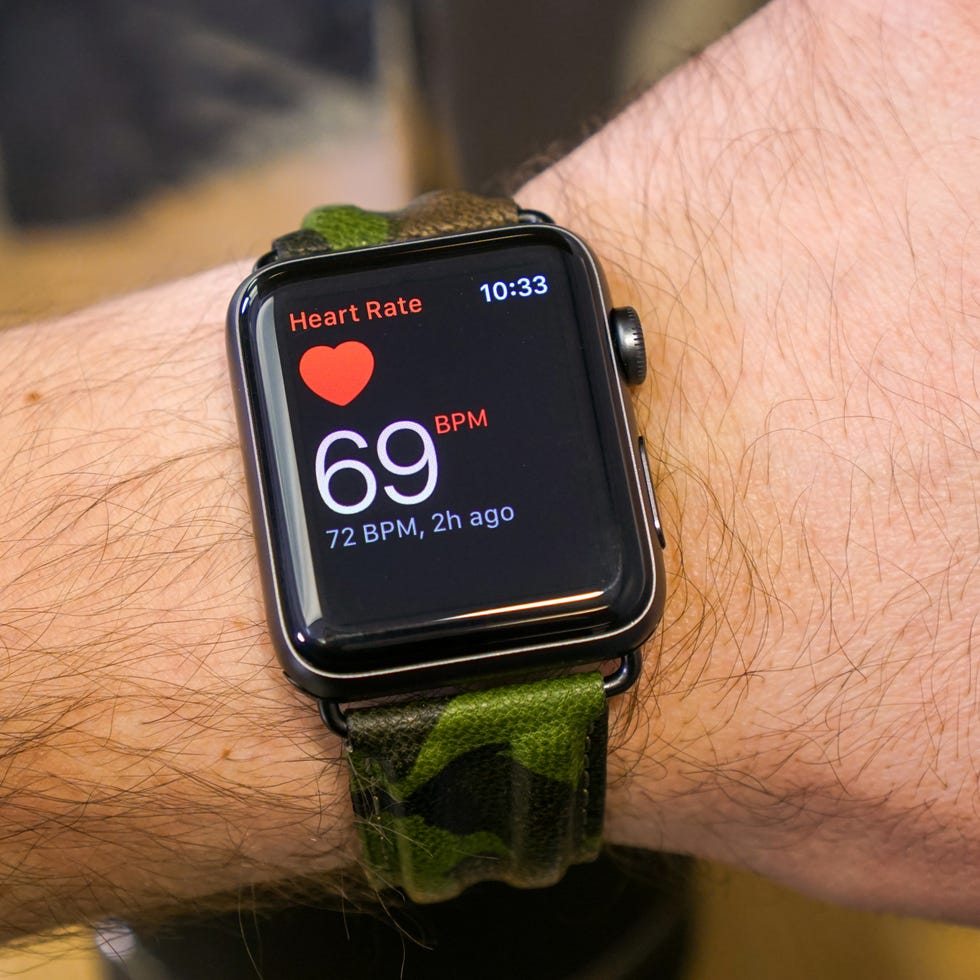
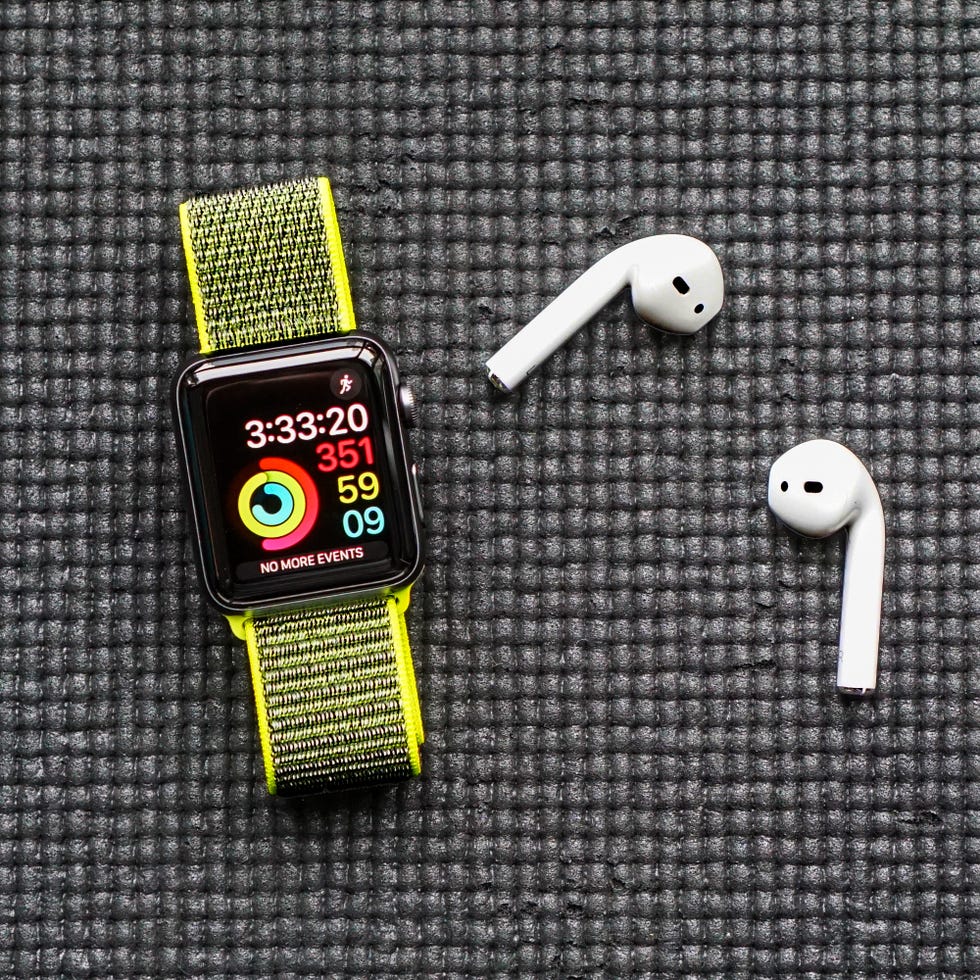
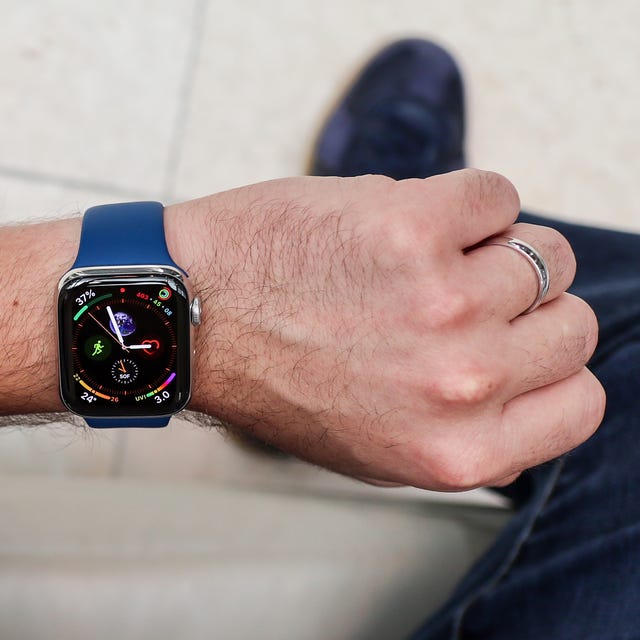
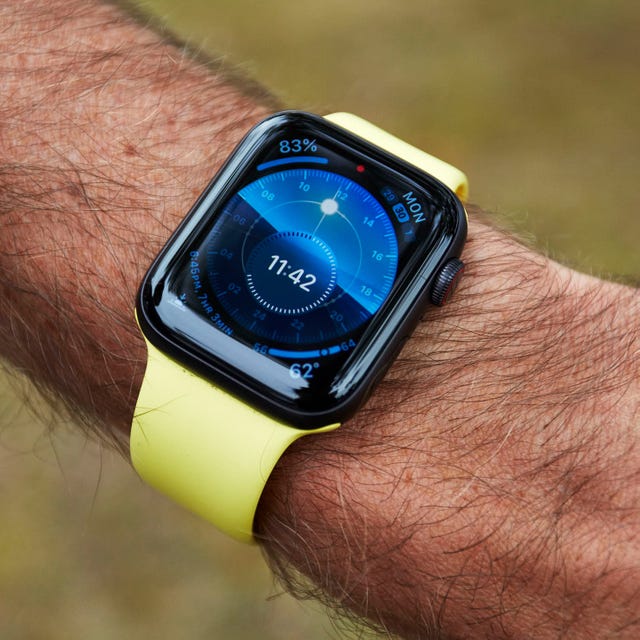
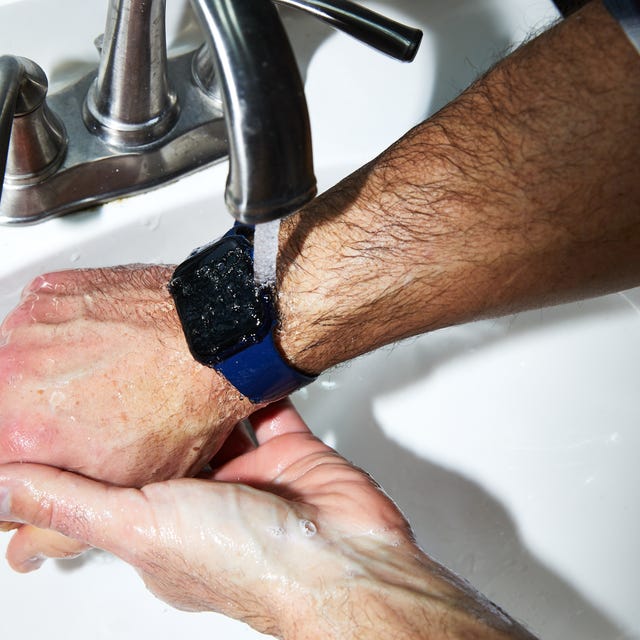
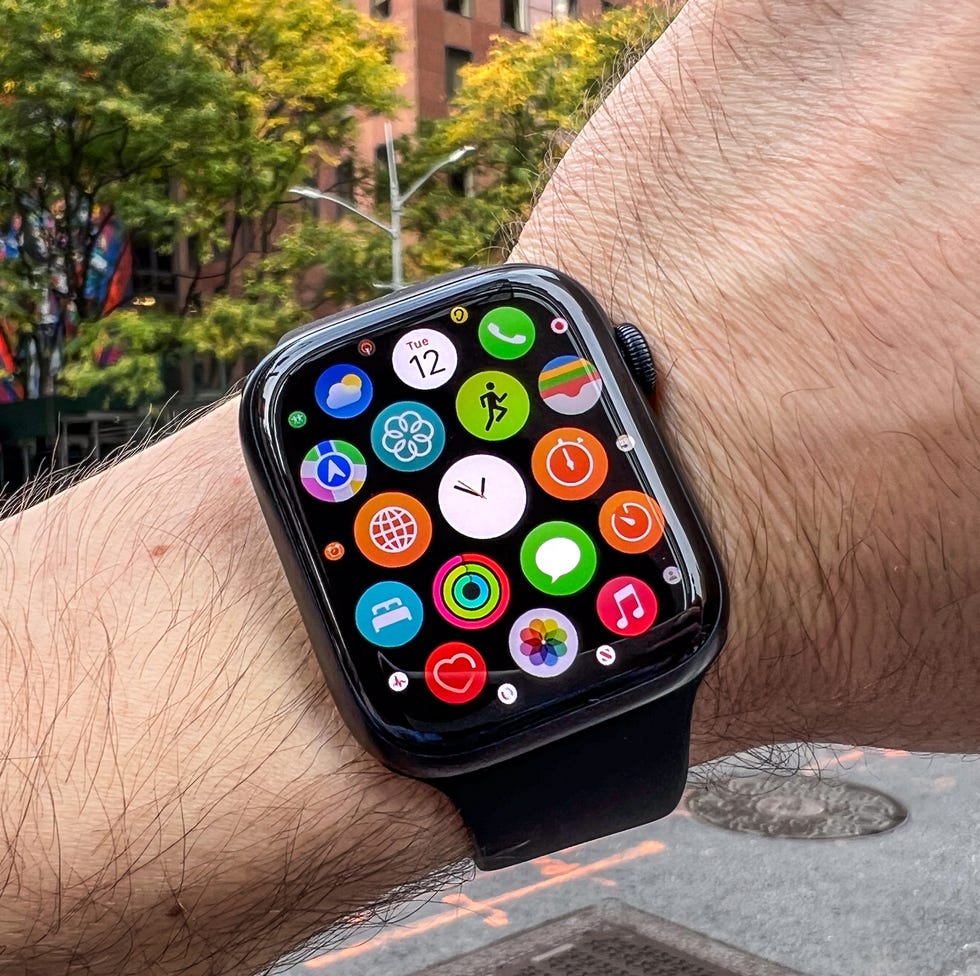
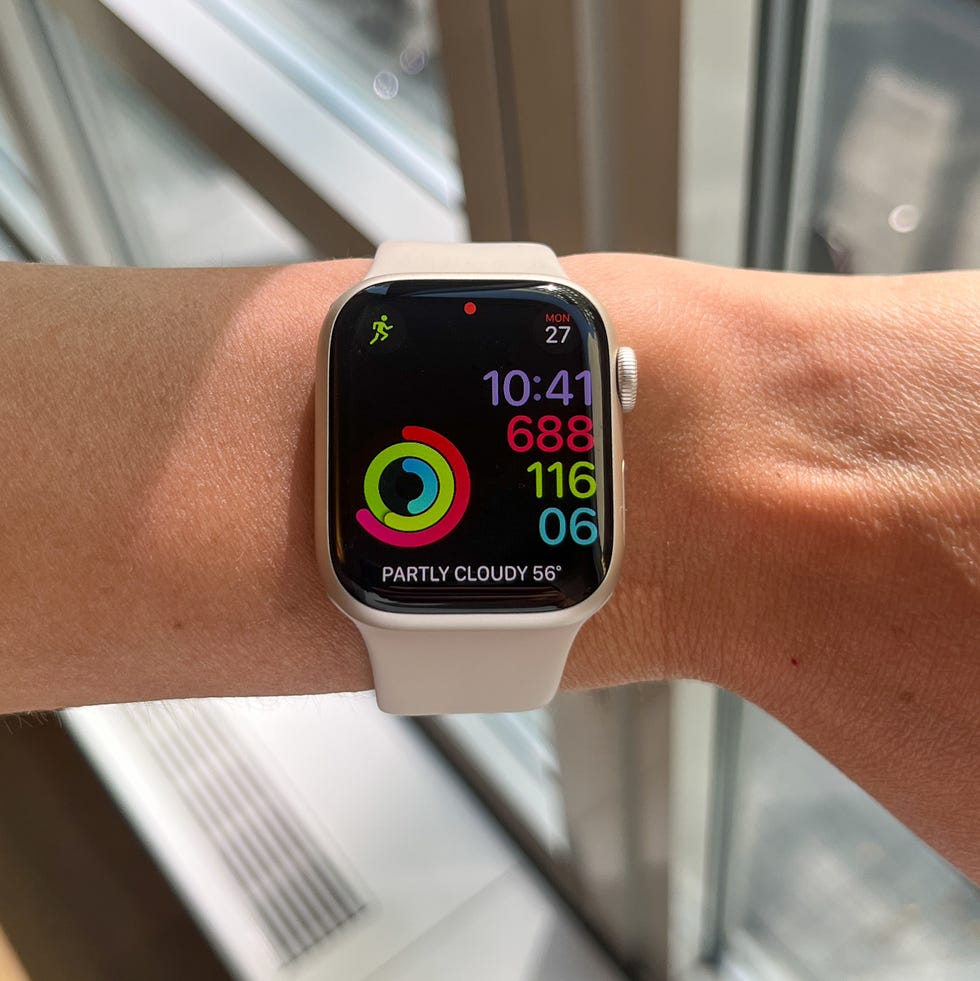
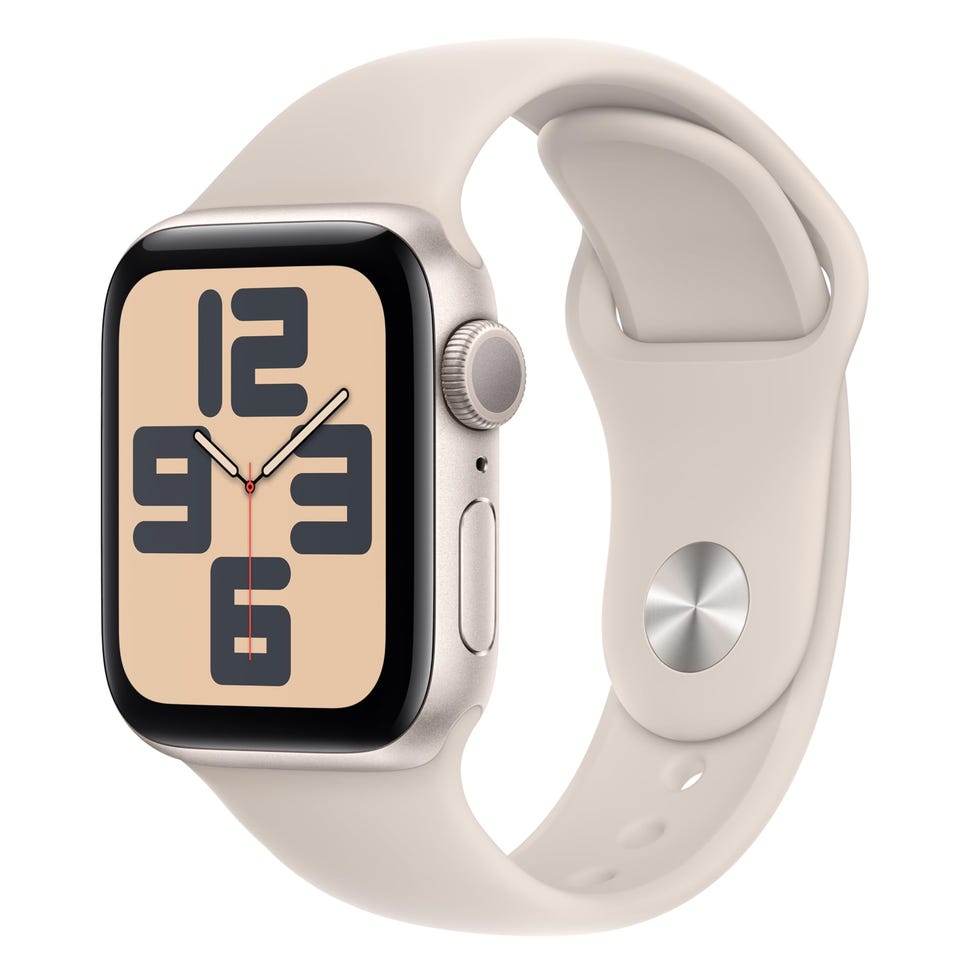
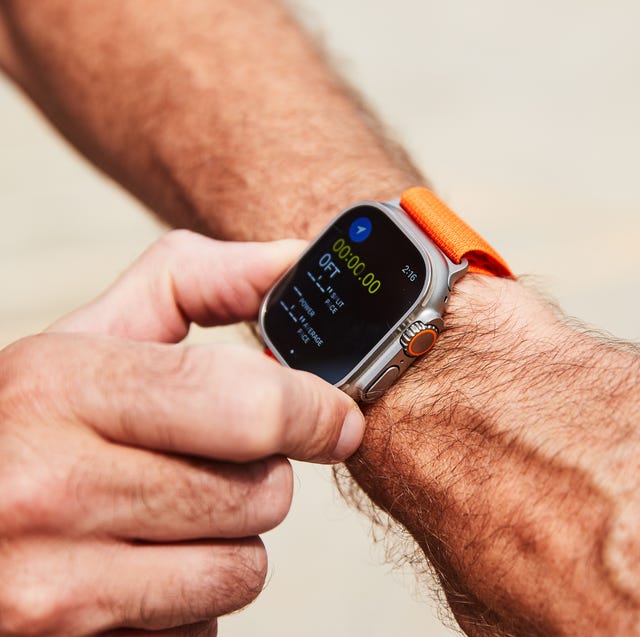
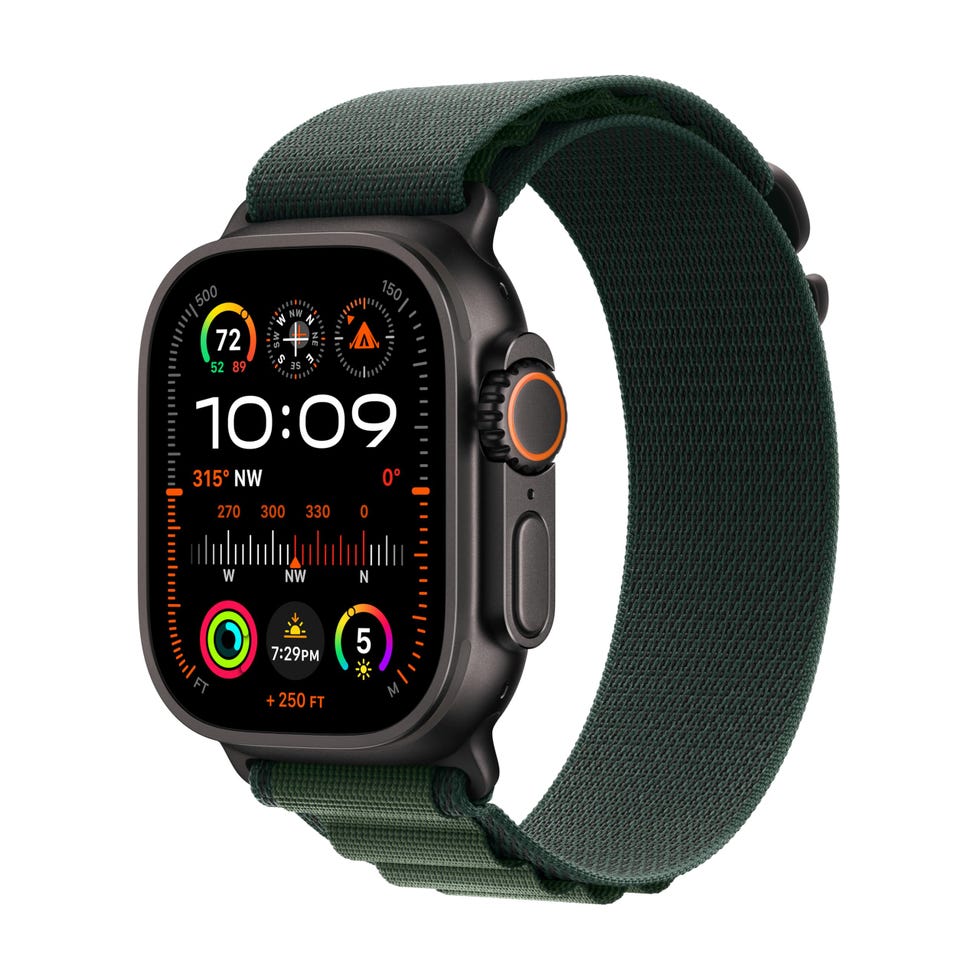
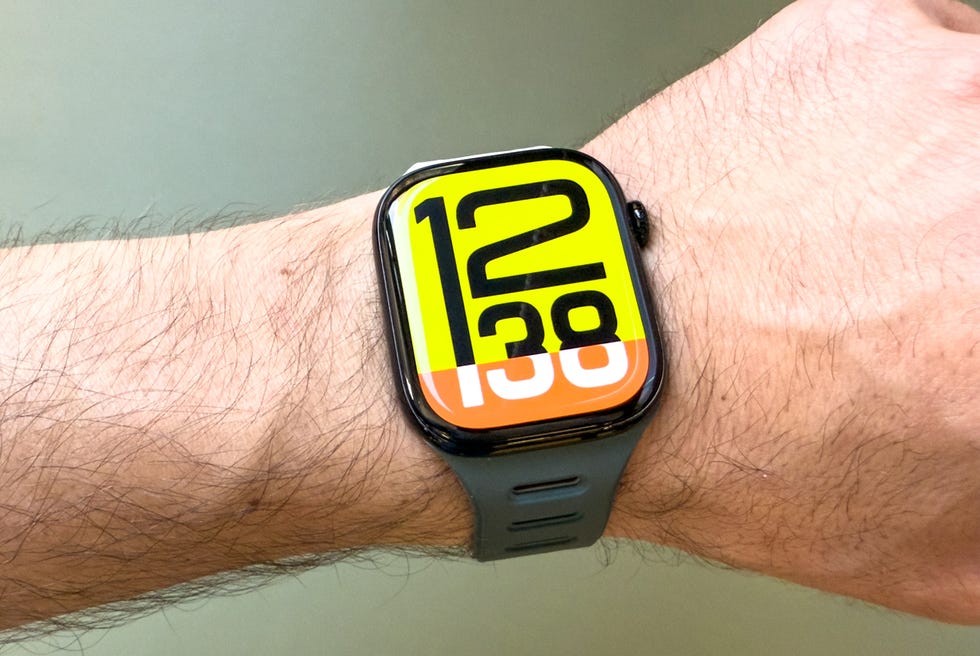
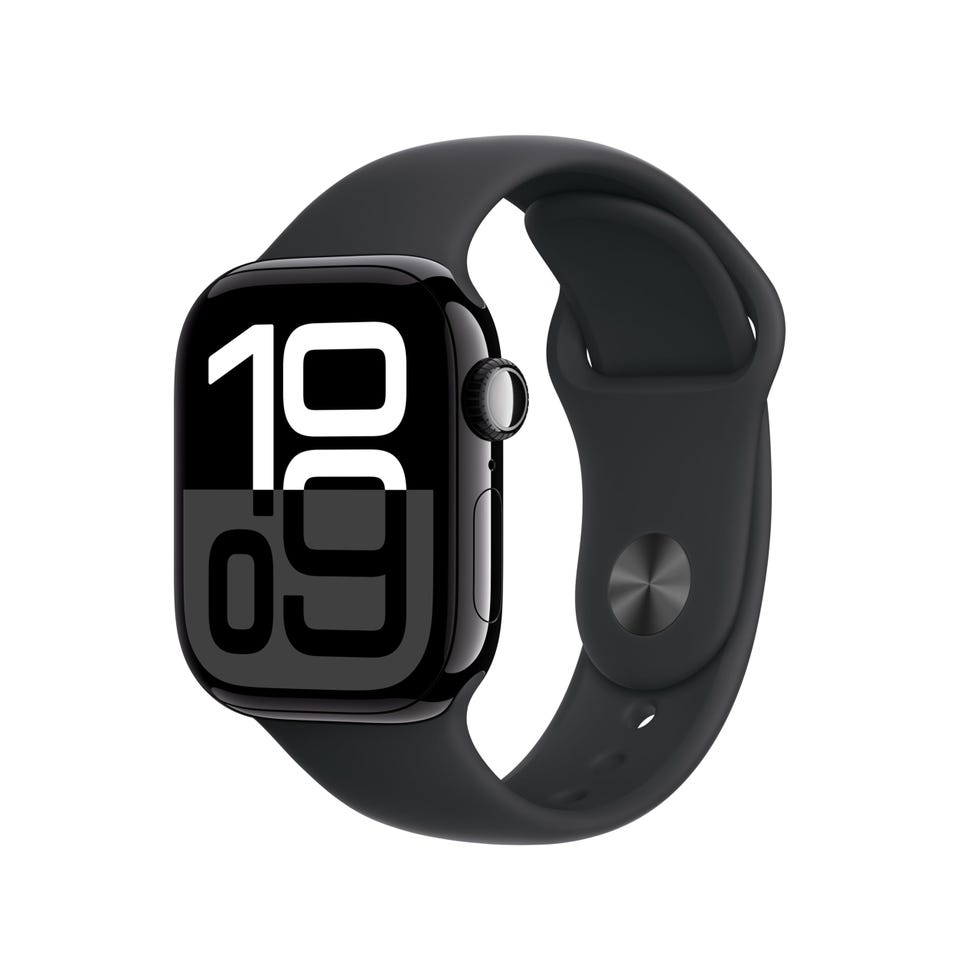
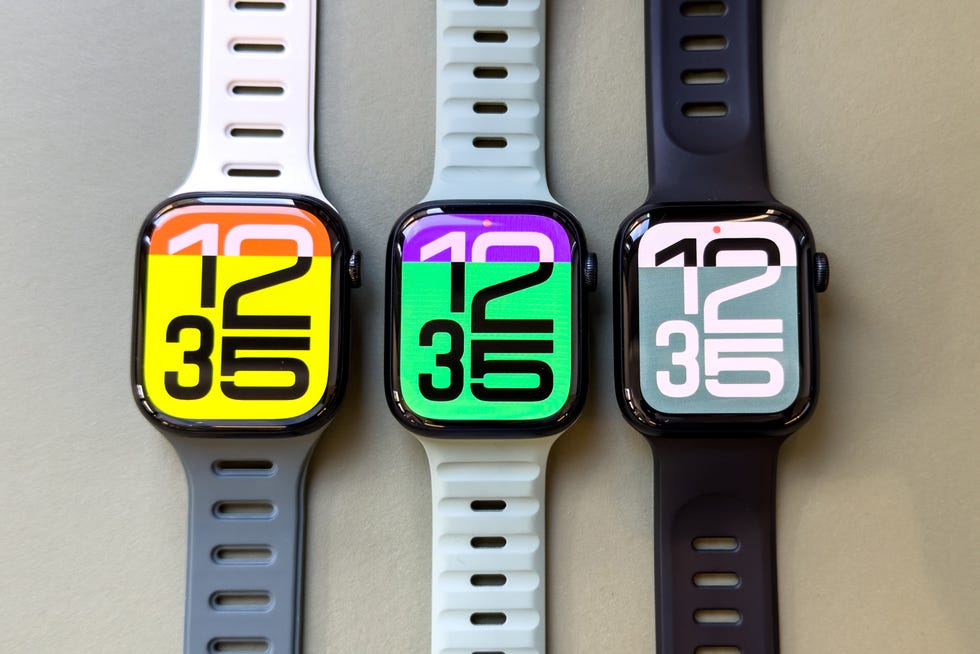
![Watch Series 10 [GPS 42mm] Watch Series 10 [GPS 42mm]](https://usercontent.one/wp/www.wiredfocus.com/wp-content/uploads/2024/10/Apple-Watch-History-Rewind-A-Look-Back-at-its-Decade-Long.0961xh&resize=980:*.jpeg)
![Watch Ultra 2 [GPS + Cellular 49mm] Watch Ultra 2 [GPS + Cellular 49mm]](https://usercontent.one/wp/www.wiredfocus.com/wp-content/uploads/2024/10/Apple-Watch-History-Rewind-A-Look-Back-at-its-Decade-Long.0651xh&resize=980:*.jpeg)
![Watch SE (2023) [GPS 40mm] Watch SE (2023) [GPS 40mm]](https://usercontent.one/wp/www.wiredfocus.com/wp-content/uploads/2024/10/Apple-Watch-History-Rewind-A-Look-Back-at-its-Decade-Long.0749xh&resize=980:*.jpeg)

